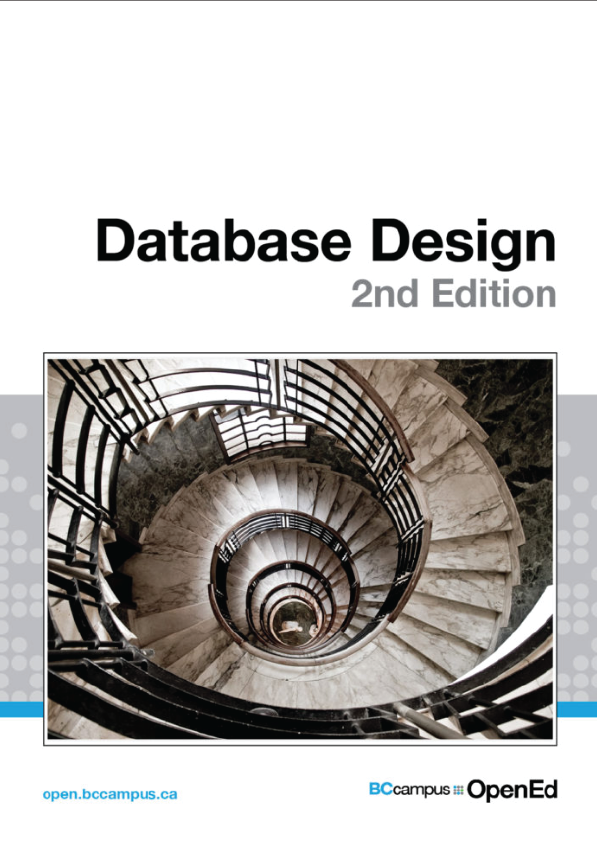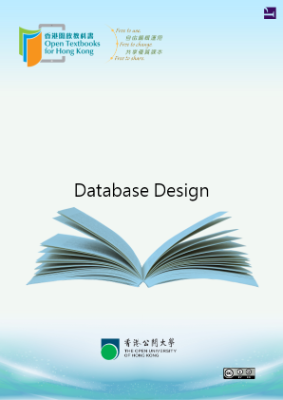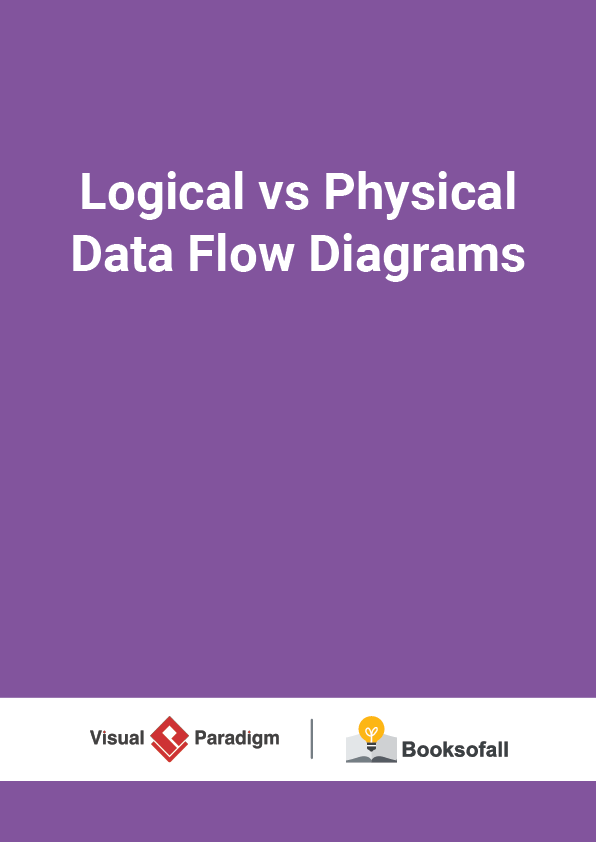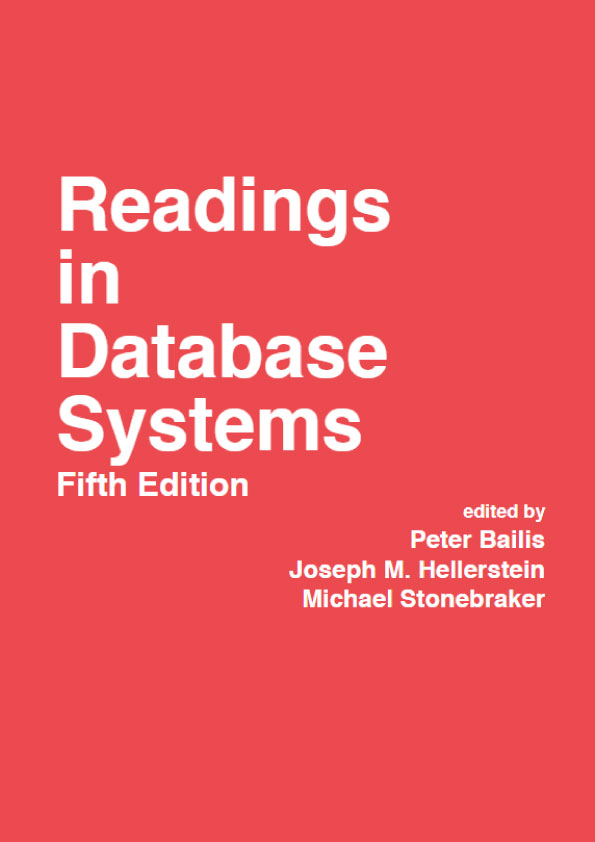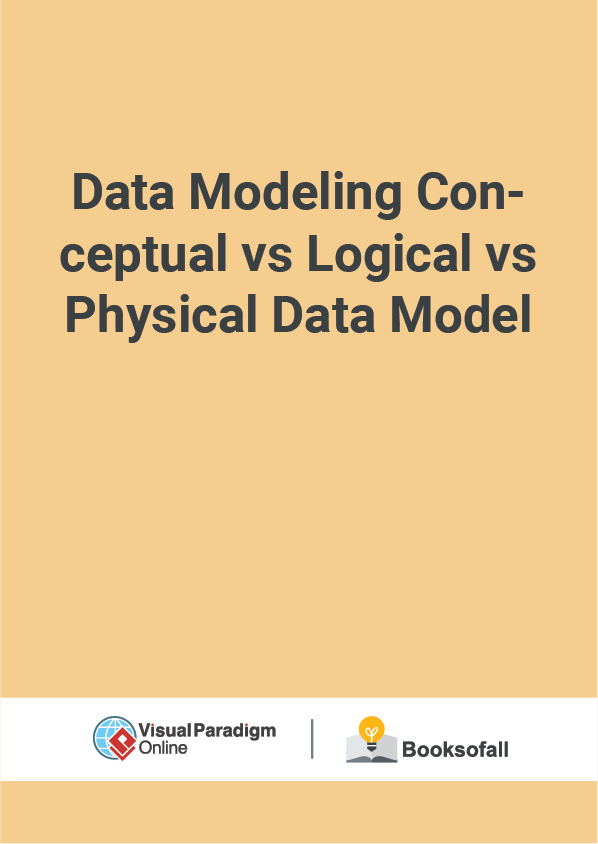Chapter 1 Before the Advent of Database Systems
ADRIENNE WATT
The way in which computers manage data has come a long way over the last few decades. Today’s users take for granted the many benefits found in a database system. However, it wasn’t that long ago that computers relied on a much less elegant and costly approach to data management called the file-based system.
File-based System
One way to keep information on a computer is to store it in permanent files. A company system has a number of application programs; each of them is designed to manipulate data files. These application programs have been written at the request of the users in the organization. New applications are added to the system as the need arises. The system just described is called the file-based system.
Consider a traditional banking system that uses the file-based system to manage the organization’s data shown in Figure 1.1. As we can see, there are different departments in the bank. Each has its own applications that manage and manipulate different data files. For banking systems, the programs may be used to debit or credit an account, find the balance of an account, add a new mortgage loan and generate monthly statements.
Disadvantages of the file-based approach
Using the file-based system to keep organizational information has a number of disadvantages. Listed below are five examples.
Data redundancy
Often, within an organization, files and applications are created by different programmers from various departments over long periods of time. This can lead to data redundancy, a situation that occurs in a database when a field needs to be updated in more than one table. This practice can lead to several problems such as:
- Inconsistency in data format
- The same information being kept in several different places (files)
- Data inconsistency, a situation where various copies of the same data are conflicting, wastes storage space and duplicates effort
Data isolation
Data isolation is a property that determines when and how changes made by one operation become visible to other concurrent users and systems. This issue occurs in a concurrency situation. This is a problem because:
- It is difficult for new applications to retrieve the appropriate data, which might be stored in various files.
Integrity problems
Problems with data integrity is another disadvantage of using a file-based system. It refers to the maintenance and assurance that the data in a database are correct and consistent. Factors to consider when addressing this issue are:
- Data values must satisfy certain consistency constraints that are specified in the application programs.
- It is difficult to make changes to the application programs in order to enforce new constraints.
Security problems
Security can be a problem with a file-based approach because:
- There are constraints regarding accessing privileges.
- Application requirements are added to the system in an ad-hoc manner so it is difficult to enforce constraints.
